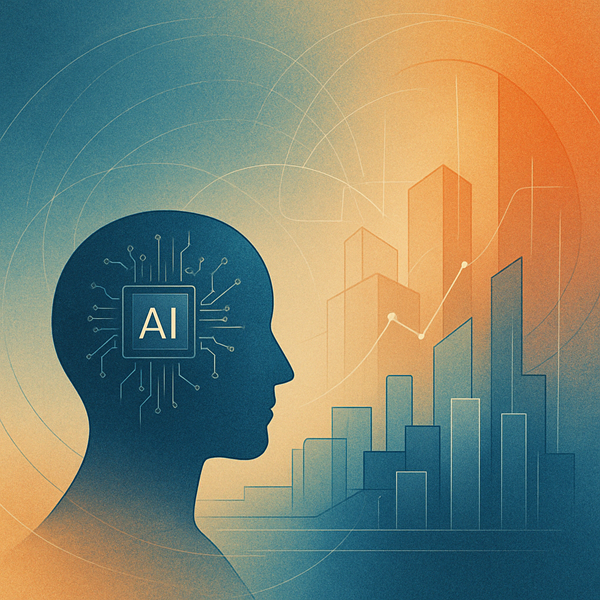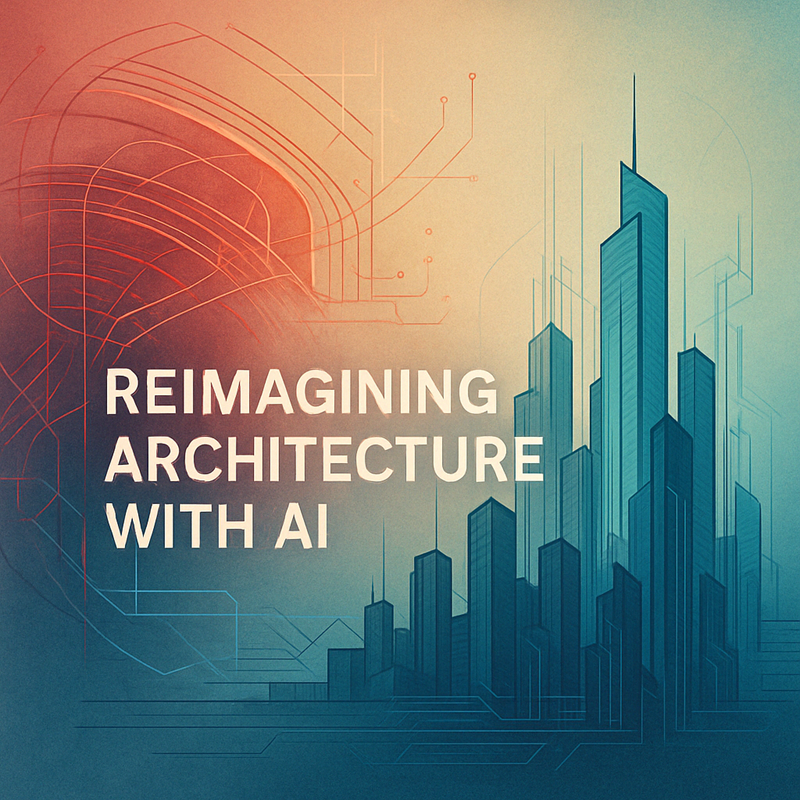Introduction
In the evolving landscape of technology and innovation, Artificial Intelligence (AI) has emerged as a transformative force across industries. From automating repetitive tasks to generating intelligent predictions, AI is redefining how we interact with the world. Architecture, a field traditionally rooted in creativity, materiality, and human experience, is now embracing the power of AI to reimagine the design process, enhance sustainability, and shape smarter urban environments. This article explores how AI is revolutionising architecture, the benefits and challenges it presents, and what the future might hold for architects, designers, and the built environment.
The Role of AI in Architectural Design
AI in architecture is not merely a tool for automation—it is becoming a co-creator, an analytical partner, and a decision-making guide. With capabilities in data processing, machine learning, and pattern recognition, AI enhances various phases of architectural practice, from conceptual design to post-occupancy analysis.

1. Generative Design and Form Finding
One of the most exciting uses of AI in architecture is in generative design, where algorithms generate multiple design options based on defined parameters such as site conditions, climate data, material usage, and user needs. Architects input constraints and goals, and the AI engine produces design iterations that may not have been considered through traditional processes.
For example, Autodesk’s Generative Design tool allows users to explore thousands of permutations of a design problem, rapidly testing different spatial layouts, structural systems, and environmental strategies. This not only accelerates the design process but can also lead to more innovative and optimised architectural forms.
2. AI-Driven Visualisation
AI-powered tools are also transforming how architects visualise and communicate their ideas. Programmes like DALL·E, Midjourney, and Lumion AI assist in creating hyper-realistic renders or conceptual imagery from textual prompts, enabling architects to iterate visual ideas quickly.
Furthermore, real-time rendering engines integrated with AI can simulate light behaviour, environmental conditions, and material textures, helping clients and stakeholders to better understand the spatial experience.
3. Smart Building Analysis and Environmental Performance
AI systems are particularly valuable in analysing energy performance, ventilation strategies, daylight access, and acoustic behaviour. Tools like Cove.Tool and Autodesk Insight use AI algorithms to predict how a building will perform environmentally and suggest design improvements early in the project lifecycle.
In sustainable architecture, AI aids in carbon footprint analysis, material lifecycle assessments, and optimisation of renewable energy sources. This data-driven approach is crucial in the global push towards net-zero and carbon-neutral buildings.
